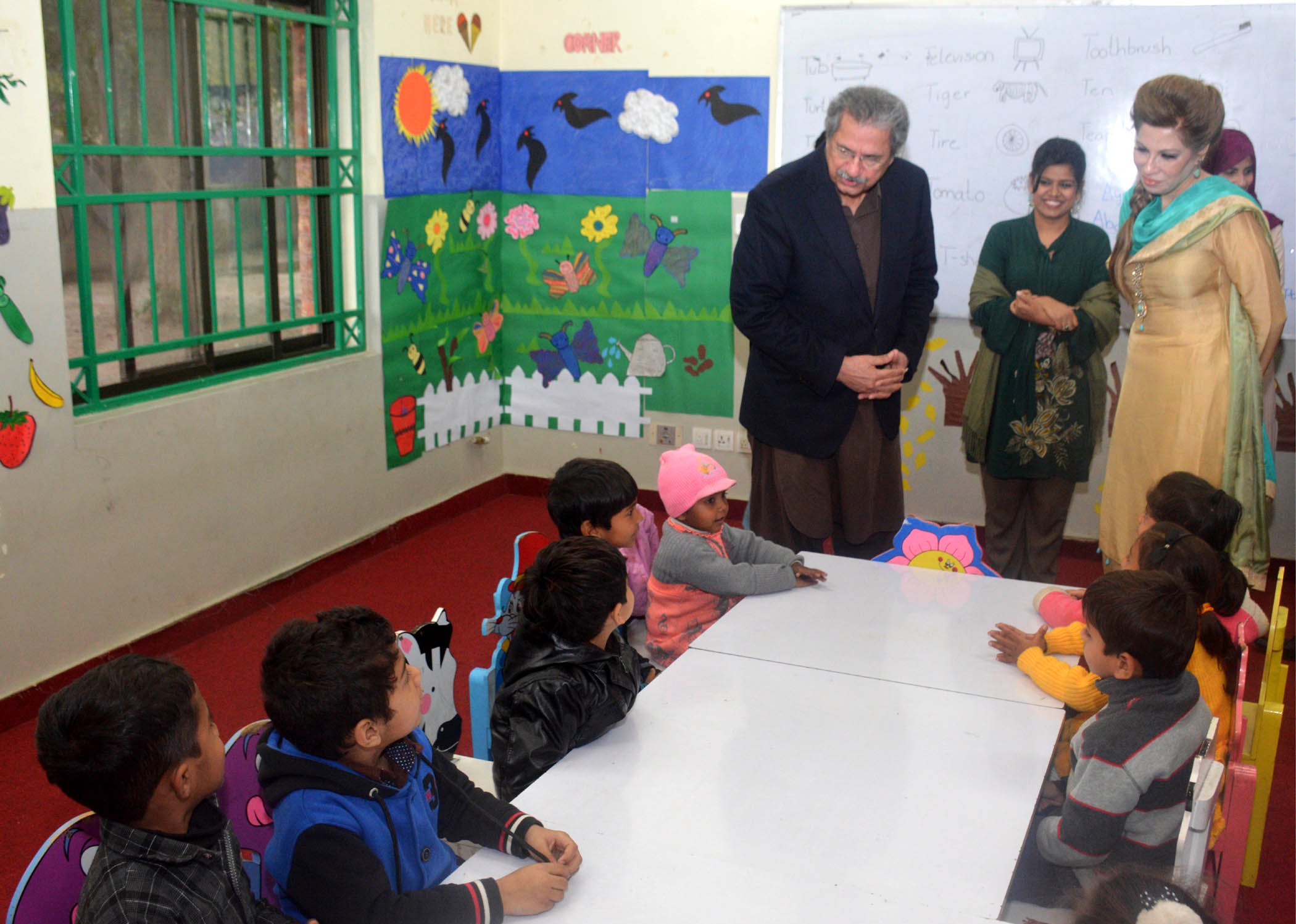Pakistan Environmental Protection Agency (Pak-EPA) on Tuesday directed the National Institute of Medicine and Rehabilit
ation to devise a rational monitoring mechanism for the new in
cinerator to be established at the healthcare facility.
Pak-EPA held a public hearing on environmental impact assessment (EIA) for install
ation and oper
ation of Bio-Medical Waste In
cinerator at the National Institute of Medicine and Rehabilit
ation (NIRM) here at its office.
Speaking on the occasion Director EIA Monitoring of Pak-EPA Ahsan Rafi Kiani said the Italian technology based in
cinerator to replace the older one would need proper maintenance due to its advanced and foreign technology. He advised th
e NIRM project team to keep the matter into its consider
ation and ensure proper measures in this regard. Kiani also lauded th
e NIRM project team for an elaborate present
ation on the project and directed to give due consider
ation to the expert suggestions presented on its project.
He also asked the Project Team to elaborate clearly on wet scrubber operation, bottom ash management, dispersion modeling of gaseous particles.
Kiani also directed the quarters concerned to hold an inertness test of in
cinerator bottom ash before executing its dumping into an adjacent facility (waste pit) so that no ecological threat was posed to the environment.
Commenting on the emissions dispersion model, he said particulate matter of 2.5 microns (PM2.5) as baseline parameter should have been taken in the dispersion model. The collection mechanism for hazardous waste was very faulty in the public and private sector hospitals where the latter had many reports of poor hazardous waste disposal, he said, adding, “The matter has been taken up with CDA and the Authority is working on it.”
He also questioned that as per the international standards the five meters stack height was reasonable for emissions control then it was raised 23 meters.
The Project Team expert told the forum that the Italian Authority was contacted to increase stack height of the in
cinerator to ensure save dispersion of gaseous emissions to prevent damage to local popul
ation in the proximity of the in
cinerator, whereas services contract was also done through expert firm to ensure sustainable maintenance of the in
cinerator. Environmentalist Farhat Shaheen of the project team gave a detailed briefing on the project. She told that the inciner
ator would replace the previous one installed in 1996 where the funds were managed through the federal government. The new inciner
ator was, Exce OS 8 Export version developed by Italian company, built on European working parameters with dual fuel options.
She informed that the new inciner
ator would be running on natural gas as its primary fuel and diesel would be the backup fuel in case of supply shortage of gas. “The in
cinerator plant has a primary combustion chamber (combustion system), post combustion chamber (secondary chamber), stack, flue gas scrubber (emission control) and electrical control panel,” she added.
She said the state-of-the-art technology had built solutions to reduce Dioxin and Furan emissions t
hat were considered hazardous and also had 95% waste reduction due to advanced burning mechanisms.
The hearing ended with a detailed question hour session where members of civil society, media and experts gave their suggestions to the Project Team.










